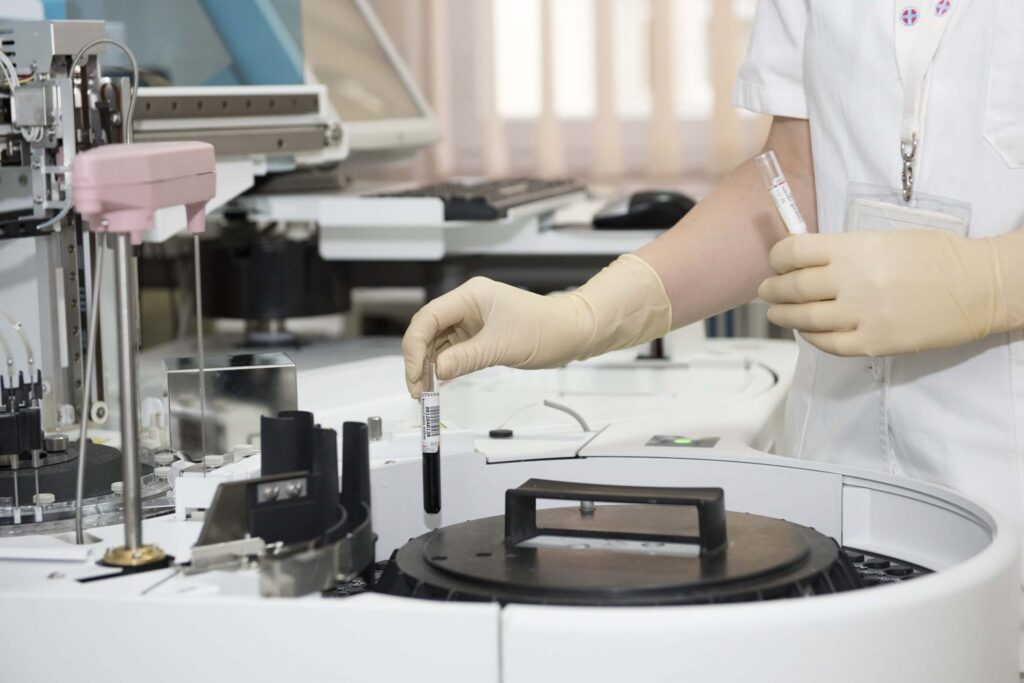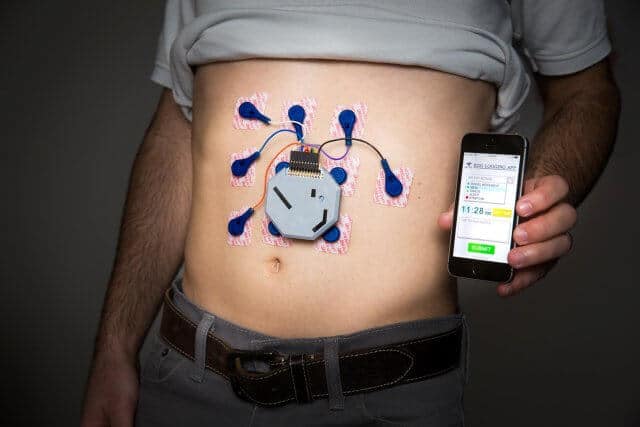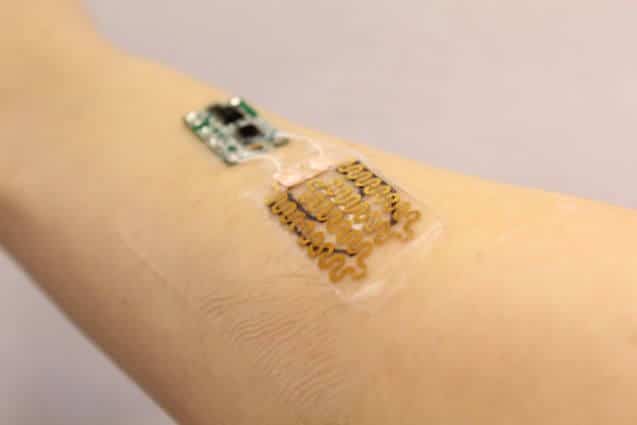
The IoT is the next tech frontier for almost every industry. It’s more than just machine automation, it’s convenient data analytics from your own body. Doctors, nurses, and personal care aides don’t need invasive procedures to guess a patient’s well-being.
What is IoT?
The Internet of Things, or IoT, is an ecosystem of technology and living beings interconnected via the ability to transfer data from one vessel to another without human interference. This high-tech network can make all the difference for both patients and professionals. Doctors get precise data while patients can rest assured their health is being monitored even when they’ve left the doctor’s office. Anything you’ve come across that doesn’t need your help to collect and send data, like a heart monitor, is a part of the IoT. A heart monitor will keep track of your heartbeat and record irregularities. Nowadays, the medical science world is emerging with wearable tech that accurately measures your health. You and your doctor will have analyzed health reports that tell you exactly how you’re doing. Then you can get the most personalized treatment, maybe with a cool piece of machinery. The healthcare industry has undergone incredible changes in past decades. The IoT will make it easier for medical professionals to accurately monitor, diagnose, and treat patients without wasting time, money, and people’s livelihoods.
What’s the difference between using the internet and IoT?
As great as the internet is already, it’s not always easy to search for very detailed search results in the vastly expanding world wide web. But using the internet as a channel to move data is the key. Instead of relying on a scattered model of search items (that pretty much tells you that you’re dying), the IoT allows you to create individual tech that collects specific data, which then gets analyzed before reaching a medical professional. The internet is one-sided and won’t deliver a personalized healthcare experience. With IoT, the data comes from you and works for you. Smart healthcare technology part of the IoT doesn’t require constant surveillance, hospital trips, or wait time.
There are many online health care resources, but nothing that combines them all into a single expansive network. This is where we can reduce human error. Aggregating healthcare data even makes it easier for medical experts to verify diagnoses against other cases and collaborate with other professionals. There’s a lot of potentially life changing insights that can only be seen with big picture data, but it won’t happen without the IoT.
We could really use it
The healthcare system isn’t one of America’s strengths and the industry is plagued with everything from data breaches to Physician errors, which are the third leading cause of death in the healthcare and certainly not the only problem threatening patient lives. From negligence and malpractice to a lack of resources, there’s so much that go wrong with our health inside and out of the doctor’s office. It’s no secret that there aren’t enough skilled workers in the medical field and we’ll face a serious shortage unless the industry comes up with a new solution. If we don’t get an affordable and effective alternative, more people won’t get the treatment they need. Without people like home care aides, patients are vulnerable in their own homes. But with a connected IoT system, real-time patient data would be quickly analyzed with precision and treatments could be automatically monitored. The IoT can fill the void of medical workers without sacrificing quality or performance. A healthcare IoT means data that can be accessed through multiple different channels. This opens up doors for other discoveries through combining data. Combining data sets has proven beneficial in other fields and can do the same for healthcare.
Hurdles
There’s more to the healthcare IoT than the technology. We have to rely on healthcare providers and companies to extend the service, but the technology isn’t quite there yet. Like any other piece of tech, these new emerging solutions will have to go through many trials to prove their performance (and not risk patient health).
Consider smart bandages. Not only do they sound cool, they would monitor your skin by measuring temperature and pH while delivering a personalized treatment. But without clinical trials, there’s no evidence that it works, which means no approval. Even if it does make it out alive, there’s no telling how much we’d pay. And in this day and age, any data based system is prone to cyber criminals. There’s a lot to consider when it comes to our health, but there’s a good chance the IoT will be the future.


